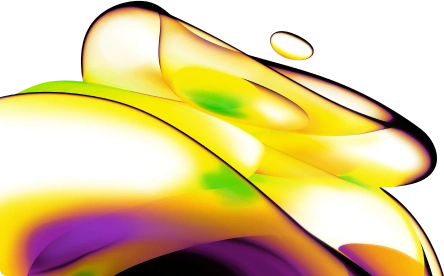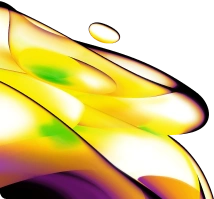
AlphaScreen GSH Donor Beads, 1 mg
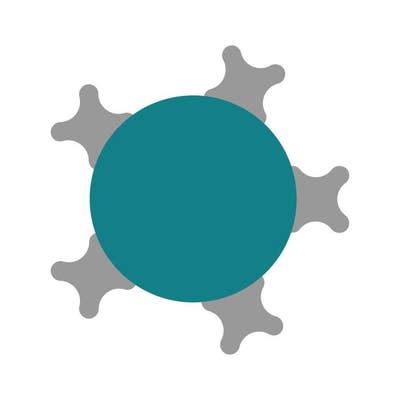

AlphaScreen GSH Donor Beads, 1 mg
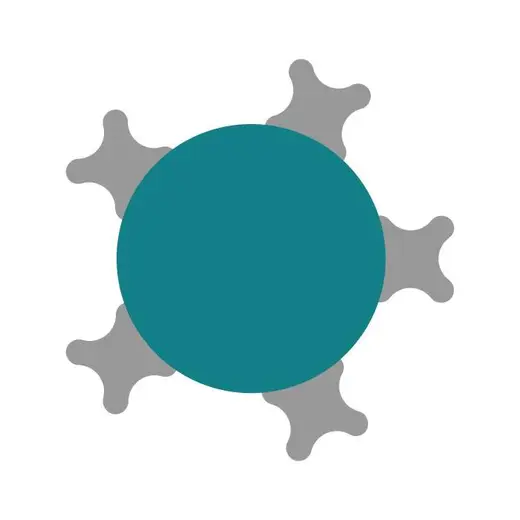


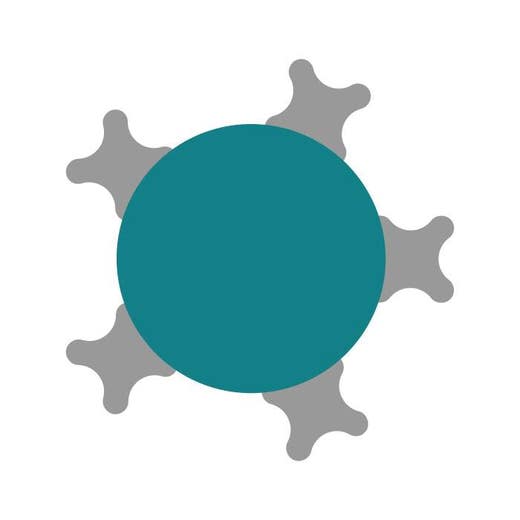


Alpha Donor beads coated with glutathione.
| Feature | Specification |
|---|---|
| Application | Protein-Protein Interaction |
Alpha Donor beads coated with glutathione.



AlphaScreen GSH Donor Beads, 1 mg



AlphaScreen GSH Donor Beads, 1 mg



Product information
Overview
These beads can be used to capture GST-tagged proteins and biomolecules, and can be used in conjunction with AlphaScreen, AlphaLISA, or AlphaPlex Acceptor beads to create no-wash assays for:
- Protein-protein interaction assays
- Protein detection assays
- Enzymatic assays
In a typical Alpha assay, 1 mg of Donor beads is sufficient to run 1,000-2,000 wells using a 25 µL reaction volume. Bead concentration can be adjusted for optimal performance.
Specifications
| Application |
Protein-Protein Interaction
|
|---|---|
| Automation Compatible |
Yes
|
| Bead Type or Material |
Alpha Donor
|
| Brand |
AlphaLISA
|
| Conjugates |
Glutathione
|
| Detection Modality |
Alpha
|
| Product Group |
Beads
|
| Shipping Conditions |
Shipped in Blue Ice
|
| Target Class |
Binding Assay
|
| Technology |
Alpha
|
| Unit Size |
1 mg
|
Video gallery

AlphaScreen GSH Donor Beads, 1 mg

AlphaScreen GSH Donor Beads, 1 mg

Resources
Are you looking for resources, click on the resource type to explore further.
Electrophoretic Mobility Shift Assay (EMSA) is a standard technique used to study protein-DNA interactions. It is a radioactive...
Alpha has been used to study a wide variety of interactions, including protein:protein, protein:peptide, protein:DNA, protein:RNA...
Fc Gamma Receptors (FcγRs) are critical for the function of therapeutic antibodies and mediate many effector functions.
Therapeutic...
Using AlphaLISA technology to unleash the power of Targeting Protein Degradation (TPD)
Targeted Protein Degradation (TPD) uses...
Here are a few advantages that the Alpha technology offers over other technologies in the study of protein:protein interactions:
Loading...


How can we help you?
We are here to answer your questions.
